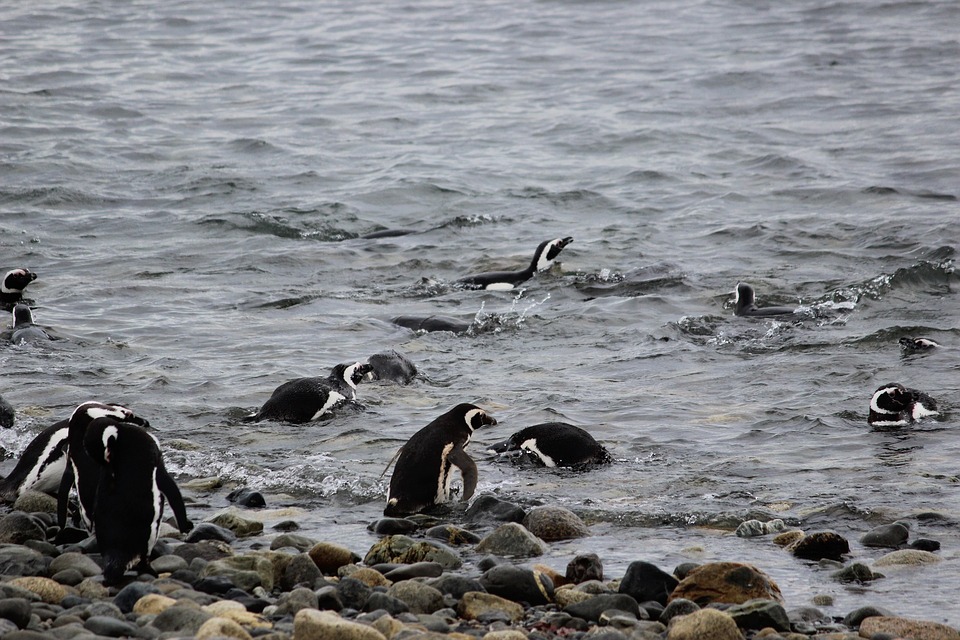By diversifying their diet, fish tank enthusiasts can provide their aquatic pets with a well-rounded nutritional profile, support healthy digestion, and promote mental well-being. Offering different types of foods, including pellets, flakes, and live or frozen options, ensures that fish receive a diverse range of nutrients, vitamins, and minerals.
One of the key benefits of a varied diet is an enhanced nutritional profile. Just like humans, fish require a wide variety of nutrients to thrive. Each type of food provides a unique set of nutrients, and by diversifying their diet, fishkeepers can prevent any deficiencies that may arise from a limited pellet food diet alone.
Furthermore, a varied diet supports improved digestion. Different fish species have different digestive systems and dietary requirements. By replicating their natural feeding behaviors through a varied diet, fish can utilize their entire digestive tract, preventing issues such as bloating, constipation, or malnutrition. This leads to better nutrient absorption and overall improved fish health.
In addition to physical benefits, providing a variety of food options also promotes mental stimulation for fish. Just like any other pets, fish can become bored with a monotonous diet. By introducing different textures, flavors, and feeding methods, fishkeepers engage their natural instincts and promote mental well-being. This mental stimulation contributes to their overall happiness and reduces stress, resulting in healthier and more vibrant fish.
Here are some frequently asked questions about varied diets for fish tank pellet food:
Q: How often should I offer a varied diet to my fish?
A: It is recommended to incorporate a variety of foods into your fish’s diet on a regular basis. Aim to provide a varied diet at least once or twice a week, depending on your fish’s specific needs and dietary requirements.
Q: Can I mix different types of pellet foods?
A: Yes, mixing different types of pellet foods can be beneficial. It allows you to provide a wider range of nutrients to your fish, ensuring they receive a balanced diet. However, it is essential to choose pellets appropriate for your fish species and avoid overfeeding.
Q: Are there any specific foods I should avoid feeding my fish?
A: While a varied diet is important, certain foods should be avoided. These include foods that are toxic to fish, such as chocolate, caffeine, onions, garlic, and uncooked meat. Additionally, be cautious with live or frozen foods to ensure they are from reputable sources to minimize the risk of parasites or diseases.
Q: How can I determine the specific dietary requirements of my fish?
A: Researching the specific species of fish you have will provide valuable insights into their dietary needs. Consultation with a knowledgeable fish expert or veterinarian can also help you determine the best diet for your fish.
In conclusion, incorporating a varied diet into a fish tank pellet food regimen offers numerous benefits for aquatic companions. From enhanced nutrition to improved digestion and mental stimulation, providing a diverse range of foods contributes to the overall health and well-being of fish. It is important to research the specific dietary requirements of your fish species and consult with experts to ensure the best diet possible. With a varied diet, fish will thrive, displaying vibrant colors, optimal growth, and a higher quality of life.









